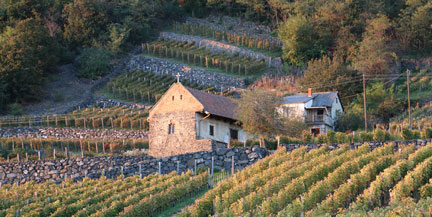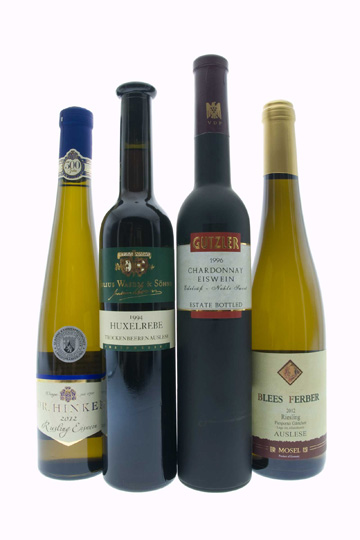Eastern European Wines On The Rise
By Leslee D. Miller
If you’ve spent any time in the recent year watching the current wine trends, you’ve probably noticed the overwhelming popularity of the Eastern European categories, spread thick across most trending restaurant wine lists in the U.S. From sparkling to white, and from rosé to red, not only are the wines more popular and better received, but most importantly, better understood in an era of wine that has piqued the interested of everyone from millennials to baby boomers. As the Eastern European categories expand and our mentalities for more esoteric and more interesting wines open, wine enthusiasts worldwide are seeking more education when it comes to these once-distant regions.
Germany
Let’s start first with Germany. The 1960s and 70s ended up taking a toll on the image of the country’s winemaking industry as much of Germany’s export business focused on large sweet-blended labels, like Blue Nun. While many of country’s inhabitants continued to drink the dry, illustrious whites of their own backyard, much of the rest of the world saw only the sugar-laden whites that were exported during the era. Today the tables have turned, as nearly 70% of the country’s wines are produced dry. With the rising popularity of Riesling, Sylvaner, Müller-Thurgau, and others, more wine drinkers are slowly beginning to understand the dry, more ethereal styles of Germany’s production.
While whites are certainly the country’s stronghold, it’s important to note that Germany is also the world’s 3rd largest producer of Pinot Noir. Spätburgunder, as the Germans call it, is a brighter, earthier version of the grape if you’re more of a New World wine drinker. However, if you’ve found yourself in love with the Burgundian styles of this thin-skinned grape, then you may just find that German Spätburgunders are your thing. The best part? They’re potentially half the price of their Burgundian counterparts! And, if you’re a lover of good old fashioned German potato salads and pickled goodies like fresh veggies, fish, fresh chicken salads, and other summer picnic classics, then you’ll find that those German Rieslings, Pinot Blancs, Pinot Grises, and Müller-Thurgaus are perfect pairings. Don’t forget the reds: Spätburgunder paired to cedar-planked salmon or even grilled chicken sausage makes for a magnificent savory combination.
Austria
Next, let’s talk about Austria. The 1985 diethylene glycol wine scandal, otherwise know as the Antifreeze Scandal, was unfortunately the incident that destroyed Austria’s winemaking reputation for years. Members of the industry, busted for adding small quantities of the substance to the region’s finished wines, made for what the government called ‘an embarrassing situation’. As a result, the country’s wine governing system imparted some of the world’s toughest wine laws. Today, it is the reason for the sheer brilliance of its production. From its leading white varietal, Grüner Veltliner (bright with zesty bits of white pepper and fresh citrus and beaming acidity) to its collection of versatile reds-Zweigelt, Blaufränkisch and St. Laurent-the region is on an upward swing of high accolades for their delightful collection of whites and reds. While the grapes may be hard to pronounce, it’s important to know that they’re more approachable than they sound, making them outstanding food pairings. For instance: Grüner Veltliner is the perfect pairing vehicle to all things green and snappy (including salads and veggies), Zweigelt for all things poultry, tomato-based, or gently grilled (like shrimp or fish), St. Laurent for the medium-bodied red lovers who need a tasty wine for pairing to homemade pizza, pasta, or chips and fresh guacamole, and Blaufränkisch as an alternative for those big, bold Cabernet drinkers who love a thick-cut steak hot off the grill.
Beyond
While we’re still in the neighborhood, let us not forget Hungary, Slovenia, Croatia, Lebanon, and Georgia. Hungary, most notably for its famous sweet wine, Tokaji; Slovenia for its mouthwatering Rieslings, Pinot Grigios, and Sauvignon Blancs; Croatia for its dark, herbal-infused reds from the Plavac Mali grape; Lebanon for making some of the world’s most celebrated Cabernet blends; and the country of Georgia for its interesting collection of skin-fermented whites. From the Far East into the most central regions of Europe, the list runs long with a table of grapes that will continue to pique the interest of new-age wine drinkers worldwide.


